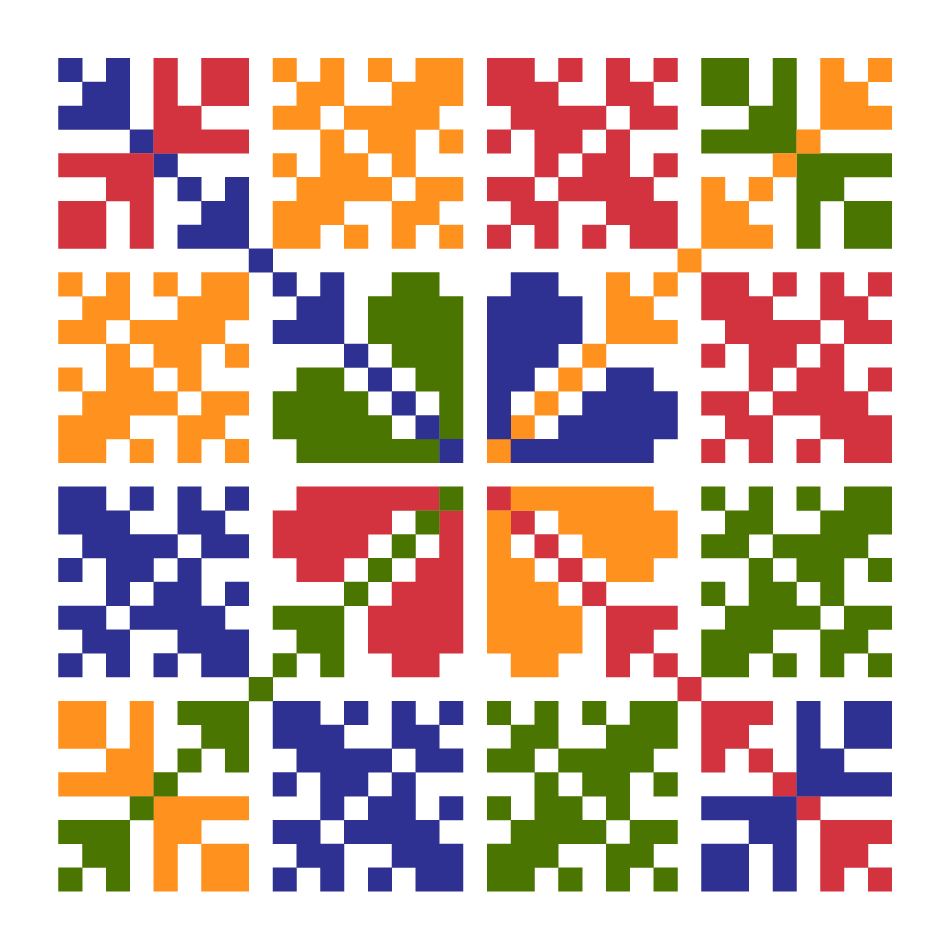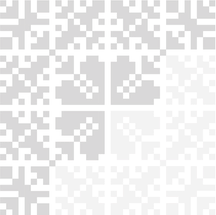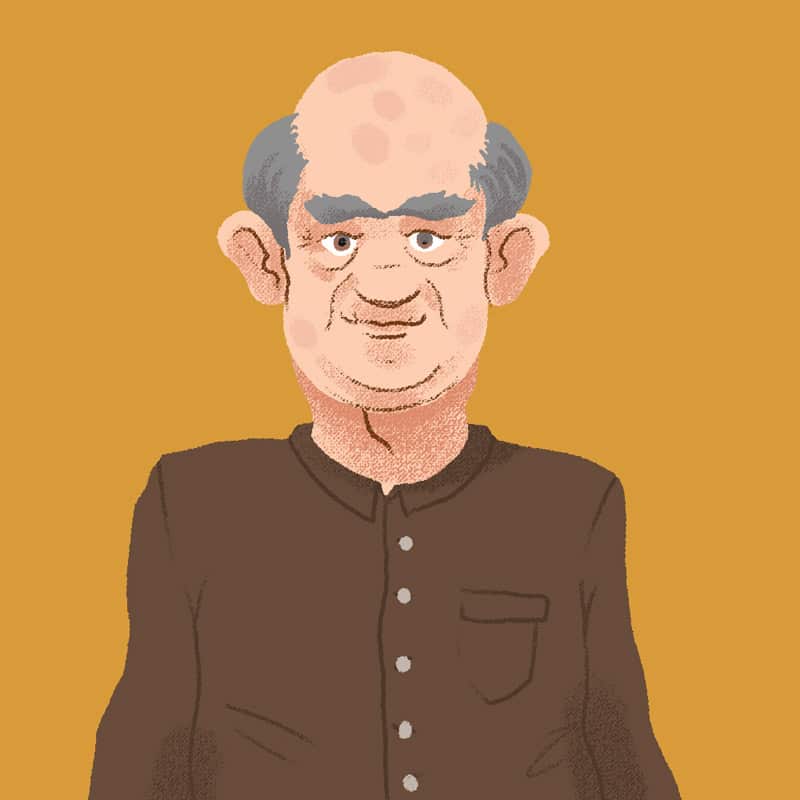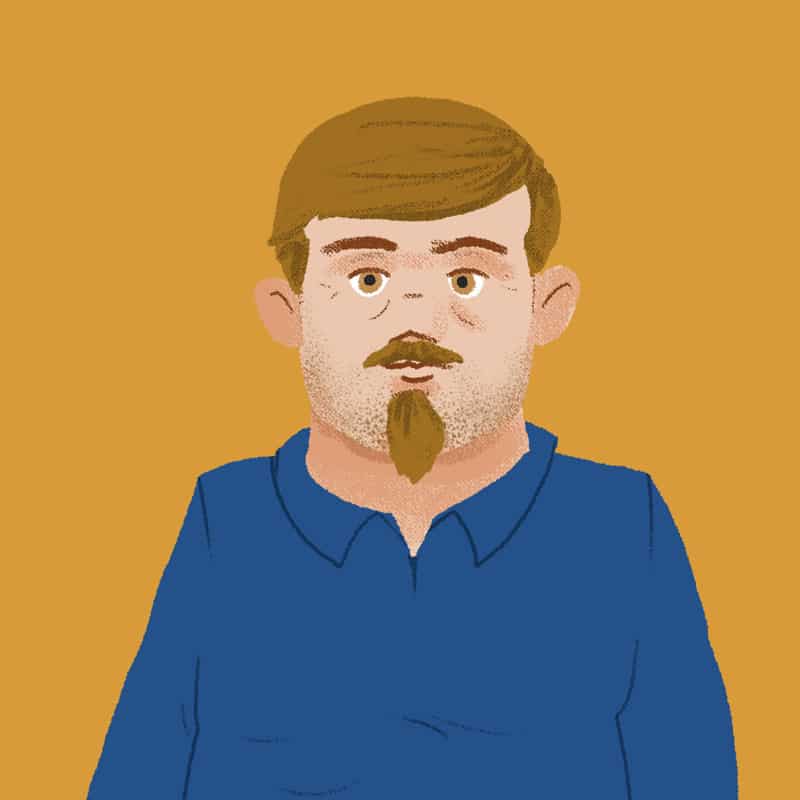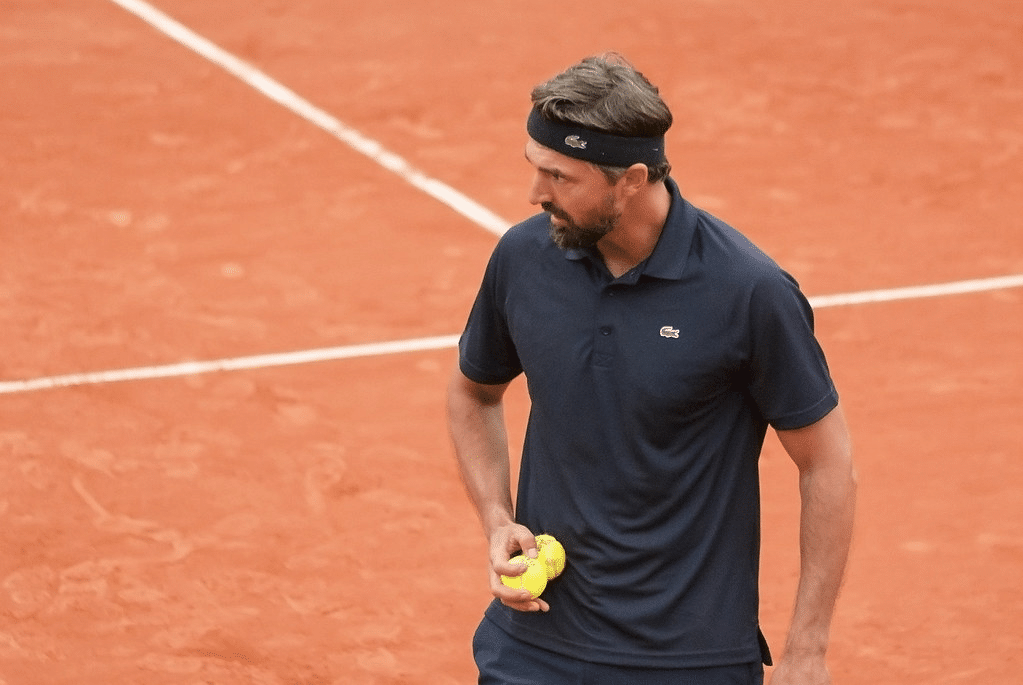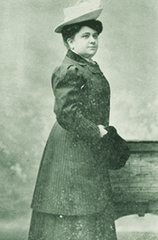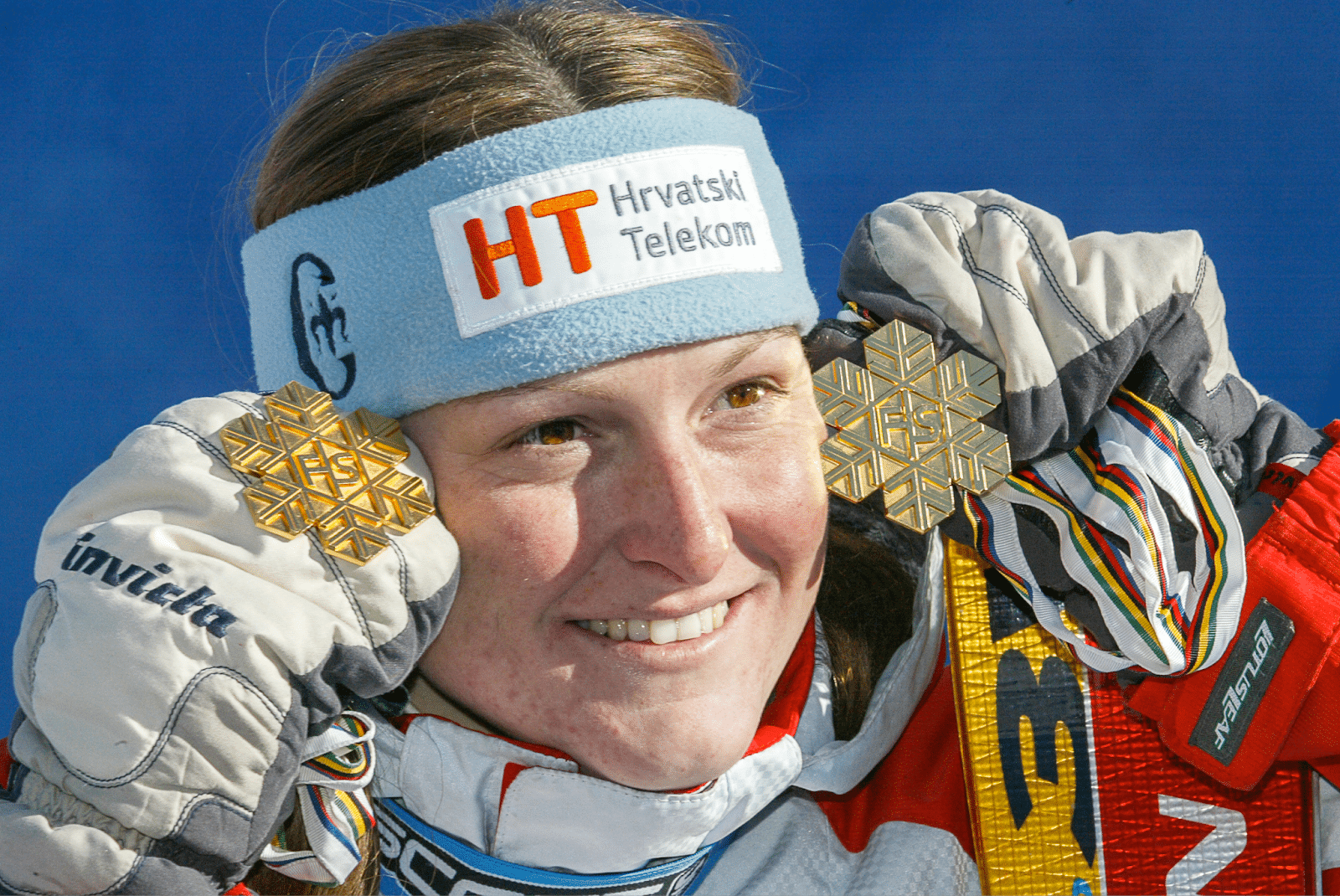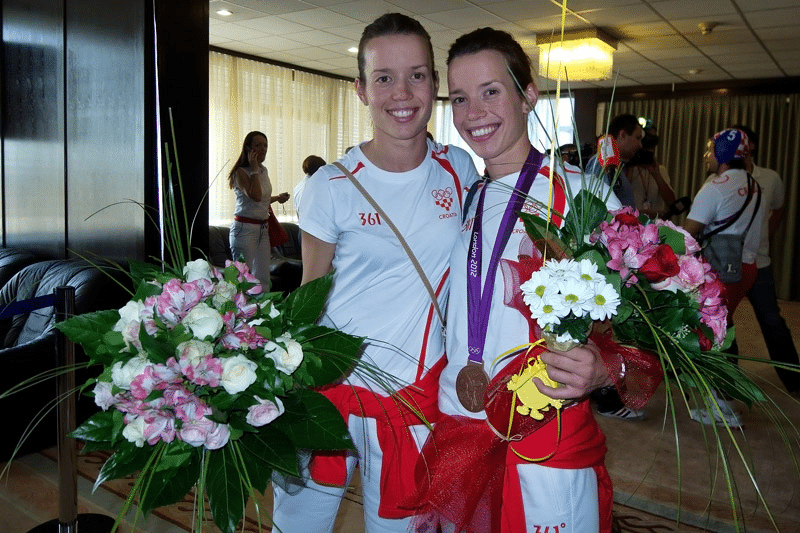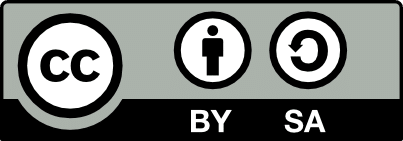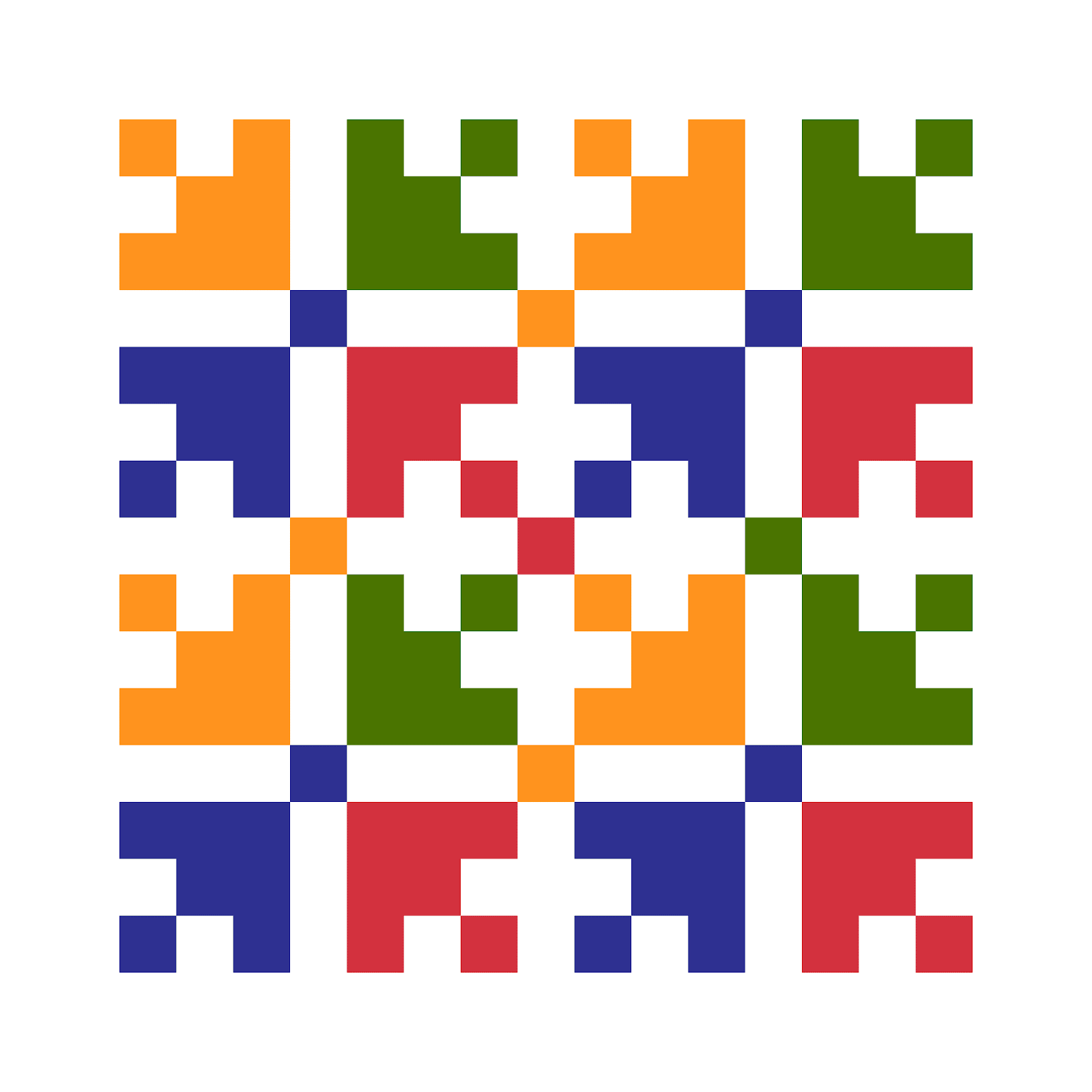C3 M1 L3 Grammar
3 | Modul 1: Gramatika
Kakav otac, takav sin
3 | 1 | Lekcija 3: Braća i sestre
| More About the Accusative Case – Animacy
In Unit 2 when you first met the Accusative case in its use with direct objects, you saw contexts where the direct objects were primarily things, i.e., inanimate objects.
Mi gledamo film. / Ja čitam zanimljivi roman.
Now we will expand the use of the Accusative case to include other types of singular masculine nouns that refer to people and living beings. In some circumstances Croatian will treat nouns differently, depending on whether the noun is animate (including a wide range of words that refer to people and animals) or inanimate (non-living objects, abstract concepts, and plants, etc.). In this Module you saw sentences like:
Ja imam brata. / Ja imam bratića.
Based on these examples, it is possible to conclude that masculine nouns in the Accusative can have two different types of endings:
1 | zero ending (no change) | same as Nominative for inanimate nouns (stol, most) |
2 | - a | for animate nouns (brat, stric, ujak) |
Here is the full list of endings for the Accusative case, both singular and plural forms. Most of these endings you already learned in the previous unit. What’s new are the endings for masculine, singular, animate nouns.
gender | case form | singular | plural |
m | Nominative inanimate | Ovo je moj laptop. | Ovo su moji laptopi |
Accusative inanimate | Imam laptop. | Imam laptope. | |
Nominative animate | Ovo je moj prijatelj. | Ovo su moji prijatelji | |
Accusative animate | Imam prijatelja. | Imam prijatelje. | |
f | Nominative regardless of animacy | Ovo je moja prijateljica. | Ovo su moje prijateljice. |
Accusative regardless of animacy | Imam prijateljicu. | Imam prijateljice. | |
n | Nominative regardless of animacy | Ovo je moje ogledalo. | Ovo su moja ogledala. |
Accusative regardless of animacy | Imam ogledalo. | Imam ogledala. |
Ending chart – singular
Case | masculine | feminine | neuter | |
inanimate | animate | |||
Nominative | – / | – / | – a | – e / – o |
Accusative | – / | – a | – u | – / |
Ending chart – plural
Case | masculine | feminine | neuter | |
inanimate | animate | |||
Nominative | – i | – i | – e | – a |
Accusative | – e | – e | – e | – a |
Be careful – the nouns tata and braća refer to a male individuals, but grammatically they decline like feminine nouns. Thus, they change their forms based on feminine endings. In other words, you cannot say *Ja imam tata. You need to say: (1) Ja imam tatu. (2) Ja imam braću.
Who/What is Animate?
Animate nouns include words for:
- people
- their names (Denis, Ivan, Marko, Ana, Anastazija, Dalibora…),
- their professions and occupations (doktor, glazbenik, glumac, pjevačica...),
- their family relations (mama, tata, brat, sestra, ujak, stric, teta…),
- social roles (prijatelj, prijateljica, studentica...),
- nationalities (Amerikanac, Bosanac, Hrvat…),
- animals (pas, mačka...) and insects
*Animacy is a subcategory of grammatically masculine nouns. There is no distinction of animacy for feminine nouns..
| OTAC
Below is more about the noun otac - this time in two different cases: Nominative and Accusative. Look at the chart below, and pay attention to the changes that the noun goes through.
Otac is a masculine noun that undergoes certain sound and form changes in different cases. Here are some examples:
Case | form | changes |
Nominative singular | Ovo je moj otac. |
|
Nominative plural | Ovo su naši očevi. | fleeting -a-: what remains in otc- becomes a monosyllabic word: otc- -ev -i otcevi: [t] c e = če očevi |
Accusative singular | Ja imam oca. | Fleeting -a-: otc- ending -a otca : [t] c = c oca |
Accusative plural | Oni imaju očeve. | based on nominative plural: očevi only changes the case ending očeve |
3.1 Zadatak 2. Obitelj
Read the texts below and mark all the nouns in the Accusative case. Then answer the questions that follow. It is a text about family members. The text is divided in three sections for easier reading and comprehension.
3.1 Zadatak 3. Obitelj
Complete the sentences below paying careful attention to context and to what you have learned about the accusative case thus far.
3.1 Zadatak 4. Koga imaš?
3.1 Zadatak 5. Kutak za gramatiku
Choose the correct statement
| Who and What
So far you learned that a question što (what) has the same form in the Nominative and Accusative forms, as in the following examples:
Što je ovo? | Ovo je knjiga. | [Nominative case] |
Što ima imaš? | Imam knjigu. | [Accusative case] |
As these two examples show, when we refer to an inanimate object, whether in the Nominative or Accusative case, the form for what will always be što. However, when we talk about masculine animate nouns, we need to distinguish the forms of who for both cases:
Tko je ovo? Who is this? | Ovo je moj brat. | [Nominative case] |
Koga imaš? Who do you have? | Imam brata. | [Accusative case] |
3.1 Zadatak 6. Tko? Što? Koga?
| Masculine names that do not end in a consonant
In this lesson you encountered some male names that do not end in a consonant. Here are the examples:
Franjo | Ivica | Ante |
If you listen to the text again, you will hear the following sentences:
1 | Mario: | Da, moja teta ima muža Ivicu. |
2 | Mario: | Da, imam djeda Franju i baku Danicu. |
3 | Mario: | Da, ona ima muža Antu. |
All three masculine names have a different ending in the nominative case: Ivica, Franjo, and Ante (instead of the most common consonant ending). What this means, as the examples show, is that when we want to express those names in the Accusative case, we need to use the feminine Accusative ending. However, you need to remember that this will NOT always be the case. Names that have a male and female form, such as Dino-Dina or Bruno-Bruna, will follow the regular masculine ending.
Imam brata Dina i imam sestru Dinu.
Imam brata Bruna i sestru Brunu.
| First and Last Name in the Accusative Case
If we want to express the full name (first and last name) in the Accusative case, you need to remember the following:
1) When we talk about men, we need to change both the first and last names
Example: Koga ima Hrvatska? - Hrvatska ima…
Masculine name ending in a consonant | Masculine name ending in -e |
Hrvatska ima Gorana Višnjiića. | Hrvatska ima Šimu Vrsaljka. |
Masculine name ending in -o | Masculine name ending in -a |
Hrvatska ima Ivu Karlovića. | Hrvatska ima Luku Modrića. |
2) When we talk about women, we need to change ONLY the first name, never the last name. However, if the female full name contains a nickname, then the nickname has to be changed as well.
Example: Koga ima Hrvatska? - Hrvatska ima…
Feminine name ending in -a | Feminine name that contains a nickname |
Hrvatska ima Blanku Vlašić. | Hrvatska ima Mariju Jurić Zagorku. |
3.1 Zadatak 7. Koga ima Hrvatska?
Look at the pictures and answer the question.
Slika 1: Goran Ivanišević | Slika 2: Luka Modrić |
Slika 3: Ivo Karlović | Slika 4: Šime Vrsaljko |
Slika 5: Janica Kostelić | Slika 6: Ana i Lucija Zaninović |
Images used in this document are from these sources.
